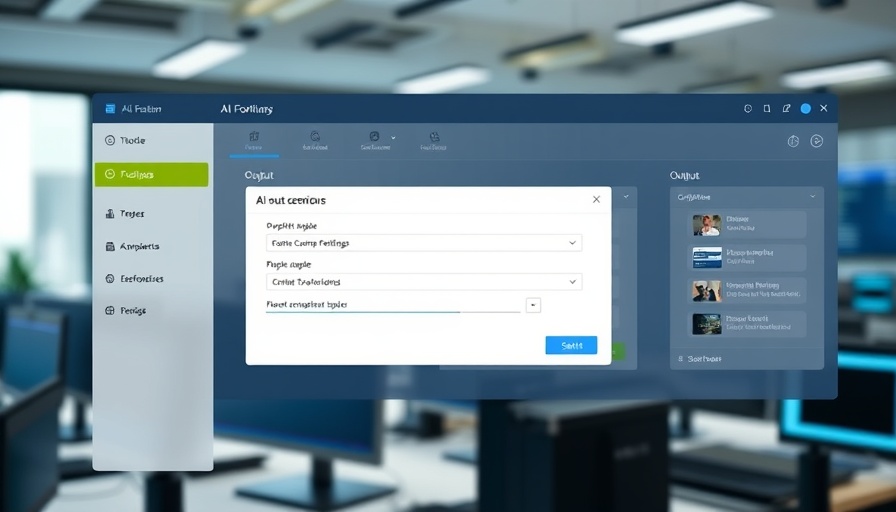
Why Switching to a Custom Domain Email Matters
In today’s digital landscape, establishing a professional online presence is essential for businesses, especially for marketing professionals. One of the simplest yet impactful ways to do this is by using a custom domain email. Instead of a generic email like dragonmaster93@gmail.com, a custom domain email such as name@yourbusiness.com conveys professionalism and trust. This shift not only enhances branding but also boosts credibility among clients and stakeholders.
Understanding Gmail and Google Workspace for Your Needs
While both Gmail and Google Workspace (formerly G Suite) offer email solutions, their functionalities are tailored for different audiences. Gmail is widely used for personal communications, providing integration with other Google services. In contrast, Google Workspace caters to businesses, allowing for custom domain emails and offering enhanced collaboration tools, advanced security features, and more storage. This distinction can significantly impact how marketing professionals manage correspondence and client interactions.
The Process of Setting Up Your Custom Domain Email
Setting up a custom domain email on Gmail can be done through two main options: using Google Workspace for seamless integration or opting for a free workaround if you already have domain hosting. While the free option may suffice for smaller projects or startups, larger organizations or those looking to maintain professionalism should consider investing in Google Workspace. It simplifies the email setup process and allows for scalability as your business grows.
Avoid Common Mistakes When Setting Up Your Email
One of the most common pitfalls in setting up a custom domain email is not properly configuring your DNS settings. The Domain Name System (DNS) plays a crucial role in ensuring that emails are directed to the right server. Misconfigured DNS settings can lead to issues such as undelivered emails or misdirected correspondence. It’s vital for marketing professionals to familiarize themselves with this process or consult with IT support to avoid these errors.
Streamlining Your Email Management with Automation
Once you have your custom domain email established, consider automating your inbox to improve efficiency. Tools and features such as filters and labels in Gmail can help organize incoming emails, minimizing clutter and making it easier to prioritize important tasks. By leveraging these automation tools, marketing professionals can focus on strategic initiatives rather than getting bogged down in routine email management.
Conclusion: Take Your Email to the Next Level
In an age where first impressions count, adopting a custom domain email can significantly enhance your business image. As you integrate this new system, remember the importance of approachability combined with professionalism. Don’t miss the opportunity to refine your branding—switch to a custom domain email today and watch as it transforms your business communications.
 Add Row
Add Row  Add
Add 




Write A Comment